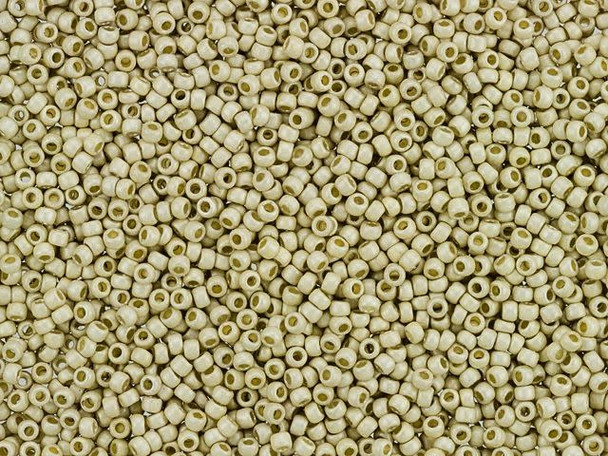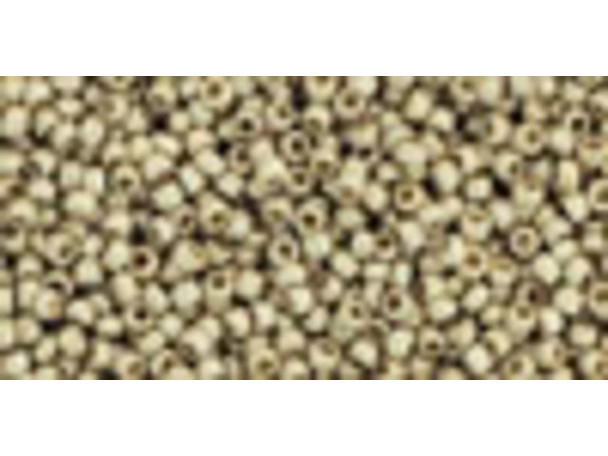Description
- The uniform size and shape of Toho seed beads make them an excellent choice for beadwork and consistently-sized spacers.
- Toho seed beads are usually colorfast; however, galvanized and silver-lined beads may fade over time. Protect them from bleach, excessive friction and direct sunlight to keep them looking like new.
Seed Bead Facts
- What are seed beads? Popular, tiny glass beads commonly used for weaving and embellishment.
- How are they made? Glass is pulled or drawn using a hollow tube, and then the glass is cut in small pieces. They are sometimes reheated to round the ends.
- What's that funny little zero? That zero refers to the number of aughts, which is a unit used to indicate the size of small beads. The scale is inverted, so larger numbers of aughts correspond to smaller beads (i.e. the bigger the number, the smaller the bead). Size 11 would be 00000000000, but since that takes up too much room, it is abbreviated to 110.
See Related Products links (below) for similar items and additional jewelry-making supplies that are often used with this item.
Details
Sold by: |
tube |
Color: |
PermaFinish - Matte Galvanized Aluminum |
Size: |
15, 1.5mm |
Theme: |
Seed or E |
Additional Info: |
2.5in Tube (approx. 8-9 grams) |
Country of Origin: |
Japan |
Size Group: |
Size 15/0 |
Shape: |
Round |
Brand: |
TOHO |














